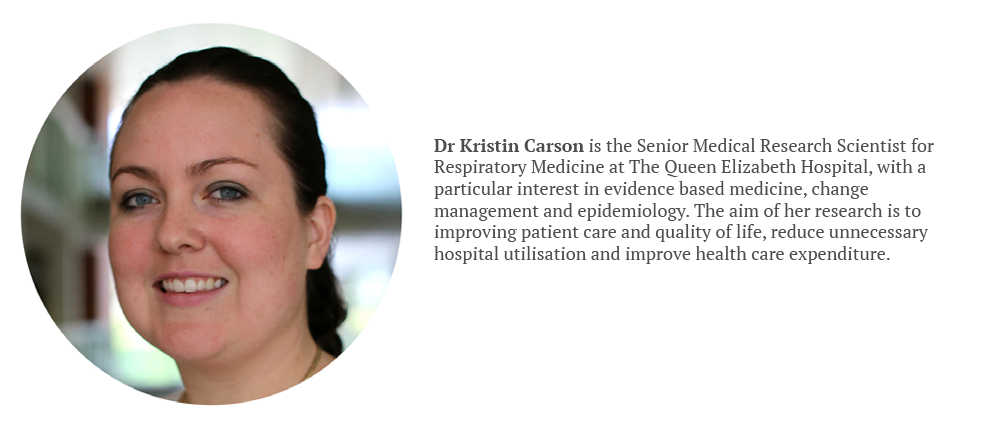
What’s the issue your research is trying to solve?
Recent research has identified that 70% of asthma mortality is considered preventable or to have modifiable risk factors. And up to 90% of asthma patients are not using their inhaler correctly.
South Australia in particular is reported to have the highest rate of asthma hospitalisation and mortality compared to every other state and territory in the country. The exact cause of this disparity is guessed at but remains unknown. Despite the disease burden, little action has been taken to address the problem from a methodologically rigorous systematic perspective. Our research aims to identify the cause of the disparity, create an evidence based solution and produce an overarching policy implementation strategy in partnership with The Asthma Foundation of South Australia and the Fay Fuller Foundation.
What have you discovered so far?
Through qualitative interviews we have identified that the majority of asthma patients feel ‘very confident’ in the use of their inhaler and believe that they are using the correct technique with little anxiety or worry about using it incorrectly. Health professionals (doctors, nursing staff and pharmacists) as well as key community stakeholders (members of organisations who develop asthma education resources and service delivery) have the opposite view, believing that there are issues around inhaler technique causing high rates of anxiety and stress among patients. New technology such as the use of augmented reality on a smartphone application was identified by all as being a potential tool to address gaps in education for medication delivery and disease management, whilst minimising further time constraints placed on health professionals.
What’s been your biggest hurdle?
The information we collect can only go so far even with publication and presentation of research findings. In order to have a real impact and address the issues of sub-optimal asthma management, asthma needs to become a higher priority in the public sphere and the eyes of people who have the authority and capacity to implement change. Obtaining any form of commitment from these people has been a very big hurdle to overcome.
How far is your work from impacting patient care?
There is 18 months remaining on the project and we have a change implementation strategy running alongside the evaluation period in an attempt to impact patient care as soon as possible. It is likely that we will be able to see the start of practical changes by study completion at 18 months, which will continue to run beyond the life of the study.
If you could discover one thing in your research, what would it be? (e.g what’s your holy grail?)
A way to reduce the high rates of asthma hospitalisation and mortality in Australia.
If you could take two things to a desert island what would they be?
A manual about how to survive on a desert island ‘Bear Grylls’ style and a pirates hat for when I eventually go crazy.
What are the two food items you couldn’t live without?
Salt and vinegar chips and nice crusty Italian bread, in other words good old carbs.